In bicheando.net inaugurate 2021 with our first international interview with one of the best known herpetologist and researchers of Europe: Jeroen Speybroeck, known by many for his constant herp trips that he share with all of us on www.hylawerkgroep.be and for his new book «Field guide on European amphibians and reptiles«.
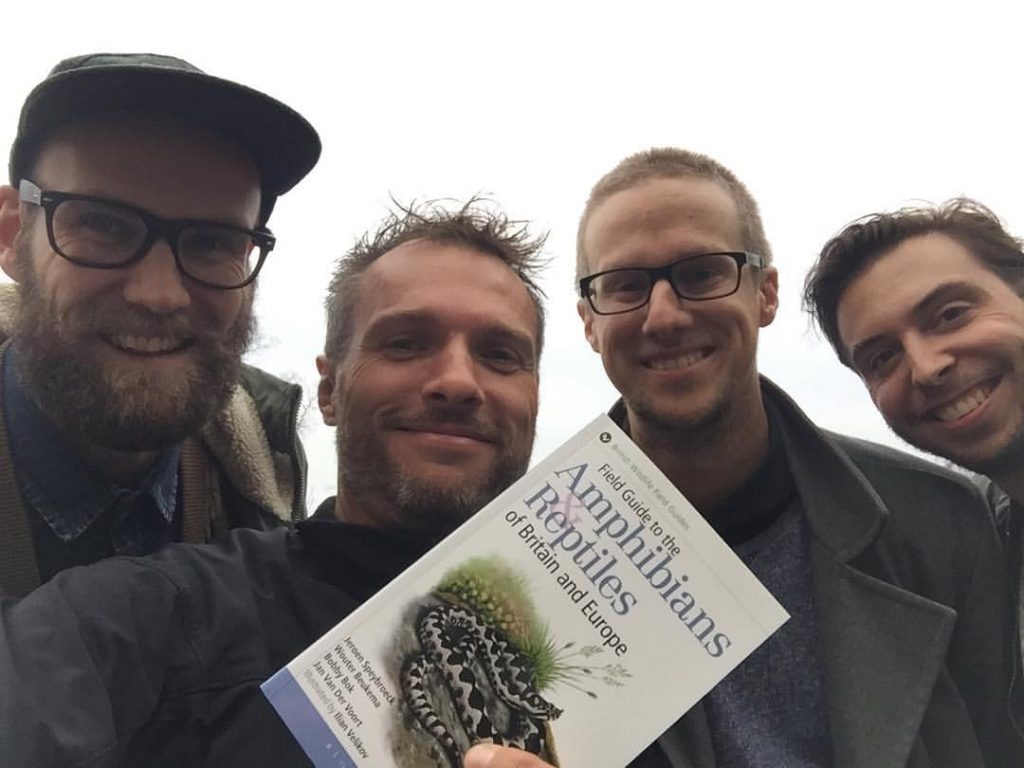
Adding this, he is a professional that is focusing on conservation of protected native herpetofauna species, with several herpetological papers published.
He is the chair of the HYLA herpetological group already (part of the largest local environmental NGO, Natuurpunt, in Flanders, Belgium). Also, he is the chair of the Taxonomic Committee of the Societas Europeae Herpetologica (i.e. the European herpetological society).

Since 2008, Jeroen is conducting capture-mark-recapture research on a local population of the fire salamander (Salamandra salamandra) and he is coordinating a comprehensive Flemish monitoring network for the same species since 2016.
Let´s go with this interesting interview…
– Welcome to bicheando.net, jeroen. A great pleasure!
– Likewise, I am honoured to be here, there and everywhere!
– First of all, congratulations for your recent publication “Field guide of amphibians and reptiles of Europe”
– Not sooo recent anymore, given how long I took to answer these questions ;), but thanks!

– Yes, so amphibians and reptiles books and guides are not usually published every day… ? How many years of work has it taken ?
– Let’s see… It took us about five years, but with some sizeable pauzes included. The process speed was mainly determined by the illustrator, who had many more hours of work than the writers did. There’s only so much you can illustrate in a day, and that’s obviously more time-consuming than writing.
– When did the idea or the need to make this new guide arise?
– Well, our top-notch illustrator, Ilian Velikov, shared some illustrations on fieldherping.eu. This got me wondering – wouldn’t it be nice to have him illustrate the entire European herpetofauna…? From there, the step to a field guide came rather naturally.
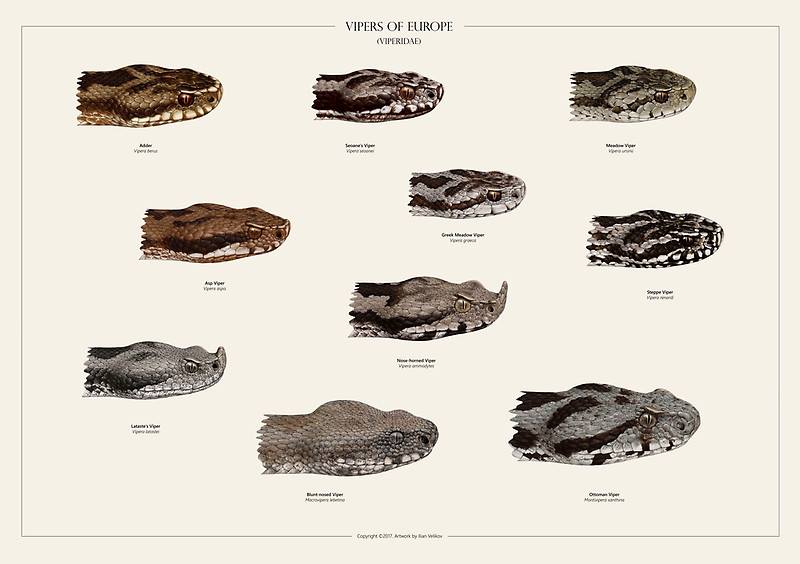
I wasn’t sure if there would be a demand for a new book at first, since we had Arnold’s fine book and some others, but to my happy surprise, several publishers were interested. So, then, we tried to make the best field guide we could possibly make, trying to improve in a couple of ways on what was already there. And from the reviews it seems we didn’t fail entirely, which gives me great joy.
– How many languages has it already been translated into?
– There’s English, Spanish, French and Dutch at the moment. I would have loved a German and Italian one too, but somehow that didn’t happen (yet?). The Dutch one co-author Jan and I did ourselves.
When we were finished we that, we certainly felt it was time to go do something else, I can tell you.
– What do you think that it brings to the European herpetological literature?
It’s probably impossible to answer this without being arrogant, so I am going to be arrogant. Our goal was for it to be the new standard herp field guide for Europe & as far as I can tell, it seems we succeeded. To the great satisfaction of all those involved, I’ll admit.
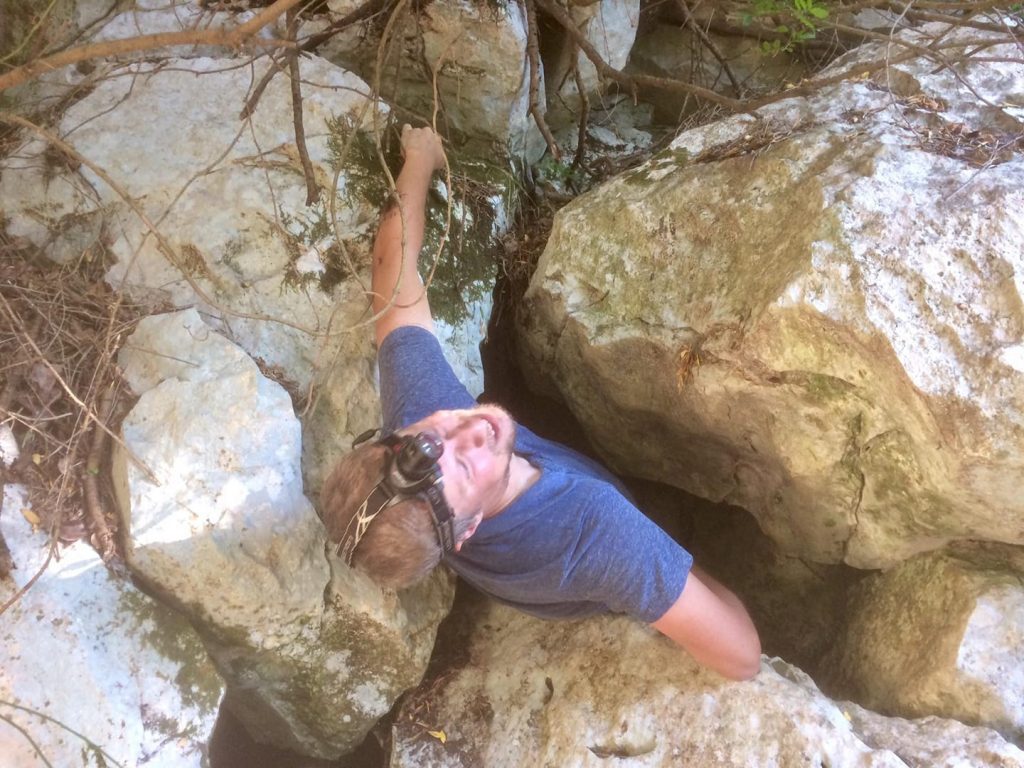
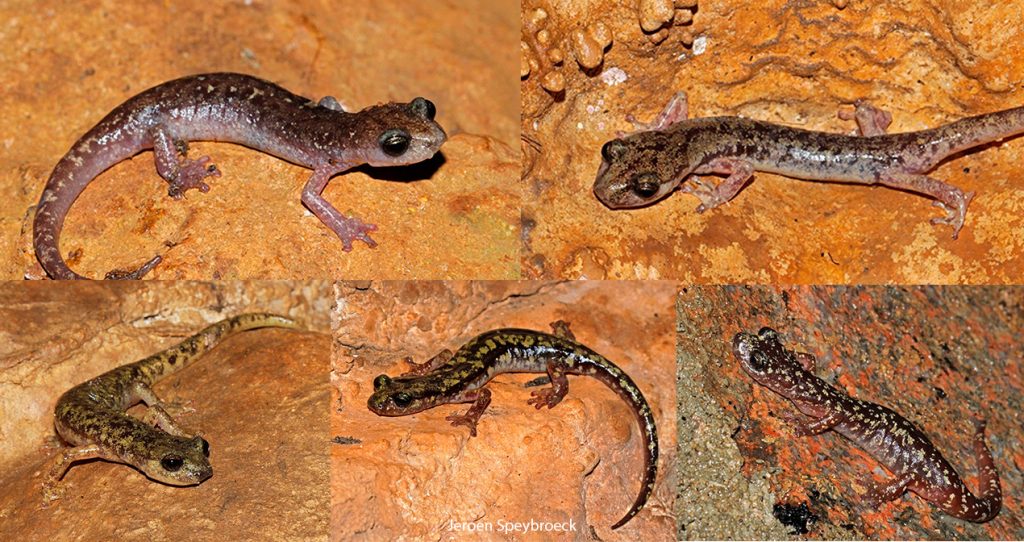
– Who has participated as a co-authors in it?
– Apart from Ilian, the illustrator (who I have actually still never met in person – welcome to the internet era…), I asked three of my dearest herping friends, Wouter Beukema, Bobby Bok and Jan Van Der Voort to lend a hand. They ended up doing much more than just that. I am very glad that I asked their help, because their contributions have been very significant, if not crucial, to the book’s final value.
– Did a multitude of photographers, amateurs and professionals, offering landscapes, habitat and animal pictures, also collaborate? Someone Spanish?
– I have to look this up…. Apparently, none of my Spanish herper friends and contacts did. But that’s rather coincidental, probably. Amongst ourselves, we obviously already had a lot of material, given how we wrote this after twitching the bulk of the European species list.
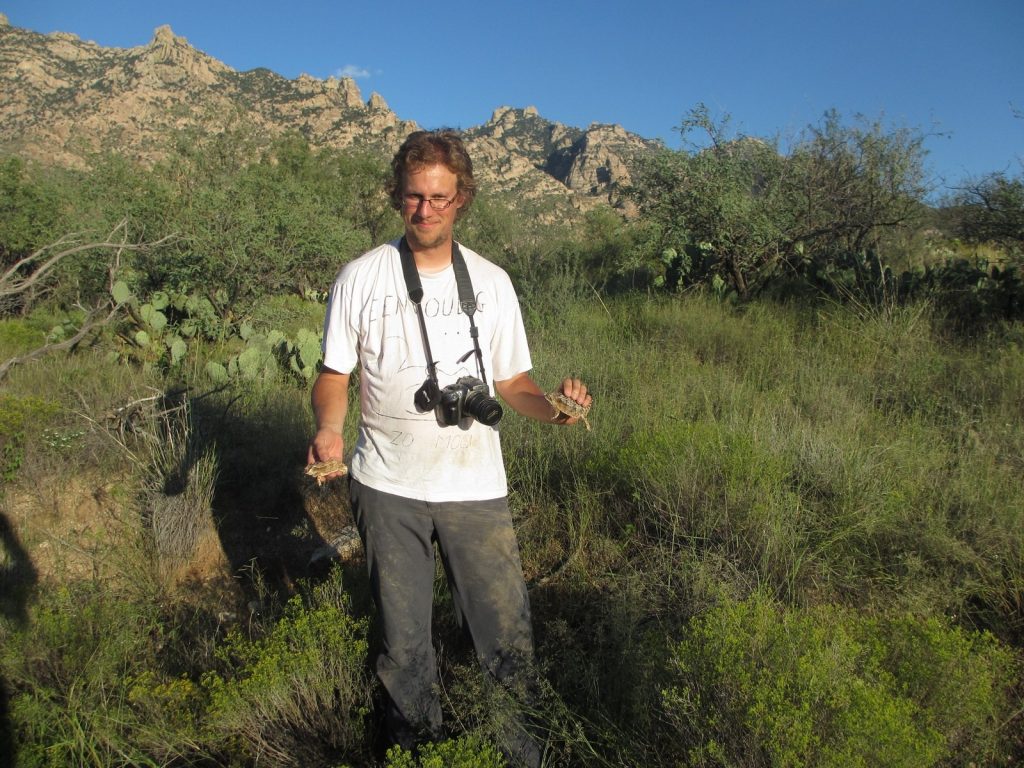
– How do you introduce yourself to our Spanish public in only one sentence?
– Both for better and for worse, voracious in herping and in life.
– “voracious in herping and in life”. Good “claim”!! ? Do you think that this type of publication helps to the conservation?
– I suppose the obvious, slightly boring answer is that education is vital to raising public awareness, and that without the latter conservation will never work. But my arrogance does not stretch that far to think that we made the world a notably better place with it. I am already more than content if people just like it and (more importantly) use it.
– Did you have institutional or economic support of to be able to publish it? Where can you buy it?
– Nope. Don’t write books to get rich, people! I suppose this is a useful place for your readers. But Google will direct you to many of the regular retailers.
– Changing the subject, let’s make a short review about your herpetologist life… How old did you start herping?
I’d say about 10. Not because I had snakes in the garden, but because our local youth nature association needed someone to cover herpetofauna. And I felt very important, being responsible for a species group I did not know at 10 years old.
– Yes, it´s very important that children feel good (and important) when it comes to being close to nature. It’s a good start.

– What did your parents think when they realised that this was serious?
They have always been very supportive. I got the nature bug from my mother, actually, as we both joined these guided day tours with local birders.
– Where did you go herping as a child? What were your first species that you saw that you are aware of?
– I wasn’t born and raised in a herping Walhalla, that’s for sure. We had a couple of ponds and ditches with alpine & smooth newt and some common frogs and toads, but that was about it. It took until I did summer camps with that youth association until I got so some more species, like my first Bombina, first natterjack, …
– Who were your first herping friends?
– After a miserable loneliness and being laughed at by friends in school ;p, I got to know some similar weirdoes from the Hyla task force, a herpetology conservation group of volunteers. Jan Van Der Voort also wanted to herp all over Europe, so he quickly became a friend and ally in the Euroherp quest. Peter Engelen also came in very early. Although later I got to know a lot of friends from across Europe and elsewhere, these are still regular herping buddies and very dear friends of mine.
– Since you were young, did you want to be a biologist? If you weren´t biologist right now, who would you work for?
– Yes, absolutely. If else, I might have become a teacher perhaps. Teaching biology ;).
– Them, a hard question… Why been biologist is the best work in the world?
– I don’t know. Maybe it isn’t, but I was too boring and lame to become a rockstar.

– Tell me three things that you like of been field investigator.
– Being outside, gathering huge amounts of data, and allowing your brain to formulate all sorts of hypotheses while doing that.
– In your website ( www.hylawerkgroep.be/jeroen ) you can enjoy of your trips around Europe and the rest of the continents but… when an Antarctica trip ??
– Probably never, although there is some amazing wildlife there. But there’s soooo much to see on this planet. Maybe if I fall in love with a woman with a polar travel obsession – then I’ll gladly tag along.
– What country surprised you the most the first time that you visited it and why?
– Maybe because it’s not so long ago & because I also did a part of it solo, but I would definitely say Australia.
It’s hard to put my finger on it, because there are no salamanders (to name but one unforgivable flaw), but herping there is just really something else. Hard to explain… Creeks in the desert full of life… Docile big snakes…. A spiny little alien of a lizard I had been wanting to see for as long as I can remember… And a lot of other wildlife that is just so special.
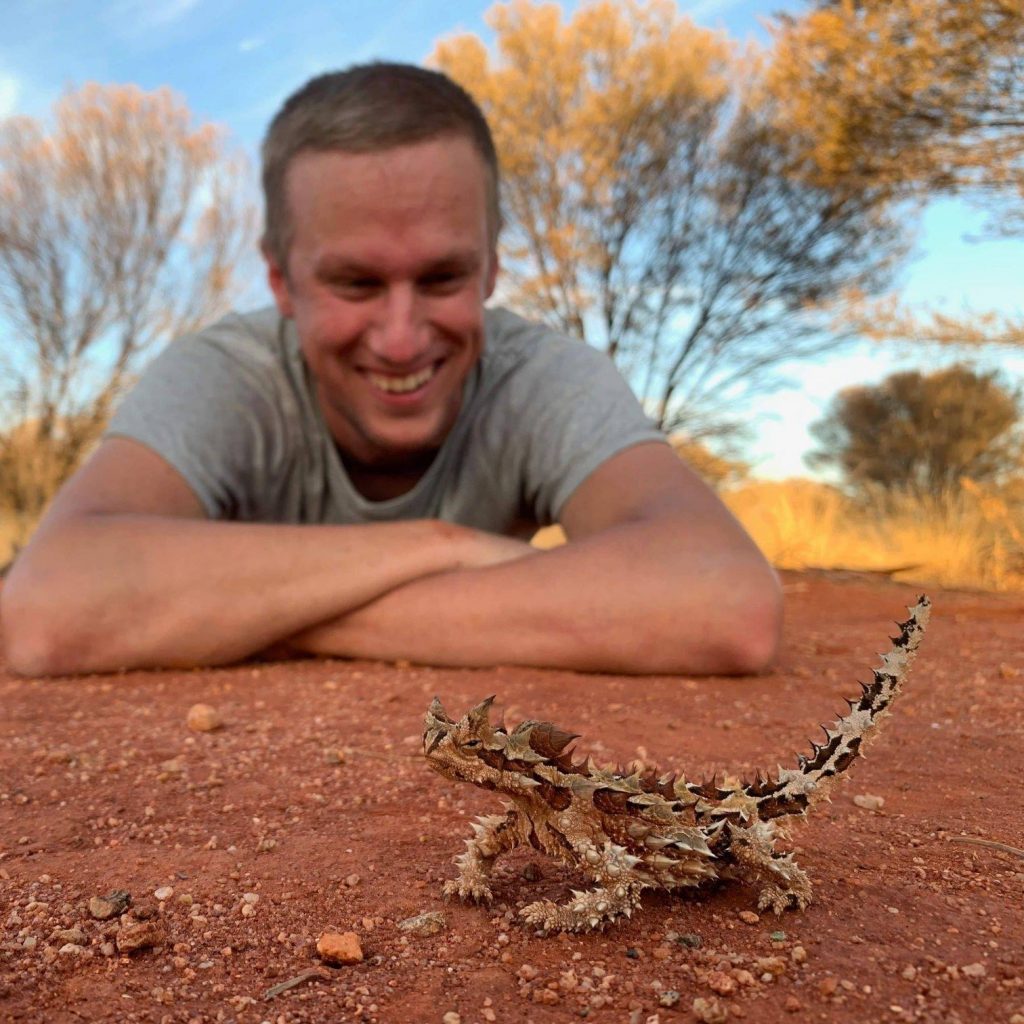
– And, in your experience, what country was the most dangerous for going herping?
Pffff… People are always the biggest danger in my opinion. But I cannot say I ever felt really scared or threatened.
– Any police encounter?
Sure. Check my 2013 Greece report on my website for a wondrous tale of overpolicing in a EU country.
– In the other way, what country has the most friendly people?
– People in the US and Australia are really easy to talk to. But, then again, sometimes I want to be left alone ;). I like the Portuguese, somehow, because like the Belgians, they are their own special kind of people, next to or surrounded by bigger brothers. But Greek people are also very hospitable.
– Have you got some anecdote that you can tell us, sortly, of that expeditions?
– I cannot really think a single, particular more noteworthy one, but this gives me the opportunity to shamelessly promote my website once more. Lots of trip reports, lots of anecdotes.
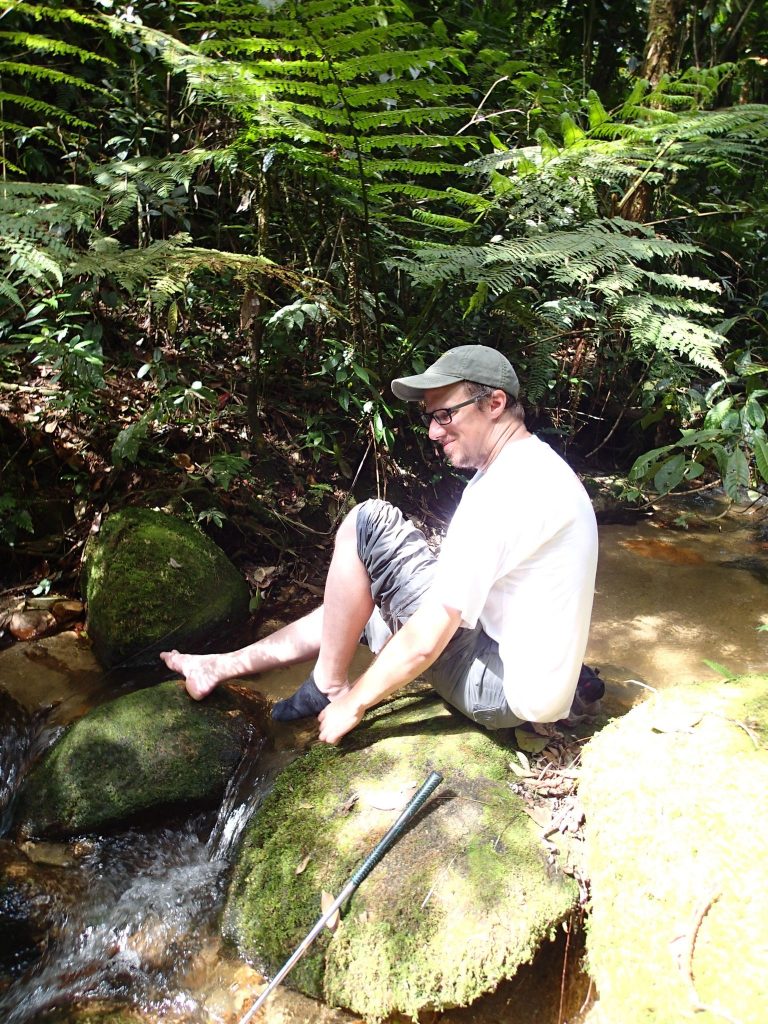
– What was the discovery that has given you more professional or personal satisfaction?
– There are many! During herping trips, I could refer to the times where I shouted out my joy and jumped up and down (yes, I am that kind of person).
Happened with bushmaster, yellow-bellied sea snake, puff adder, Salamandra algira speleae, thorny devil, green tree python, Proteus, Maltese Hemorrhois algirus, my first Telescopus fallax, Zamenis situla (first, but also last), blue coral snake, hellbender, Crotalus willardi, gila monster, … In short – I am fortunate to have jumped up and down a lot in my herping life.
Professionally, I still have ways to go, as I only ‘really’ became a professional herpetologist in 2019. Less jumping up and down, but I will definitely be proud and happy if we can contribute to keeping Pelobates fuscus and other species from becoming extinct in our country.
– What is your favorite Belgian, Spanish or European species or genus? and of the world?
– Ooowww… That’s like asking a parent which is his favourite child… The answer is often Salamandra. As I have been studying this species for 13 years, for Belgium, the obvious answer would have to fire salamander (Salamandra salamandra) would have to be. For Spain, it could very well be the same species, because of its huge variability in that country, but I am going to go for an endemic specialty – golden-striped salamander (Chioglossa lusitanica).
Fascinating convergence with plethodontids, top habitats, … For Europe, I think the good old alpine newt (Ichthyosaura alpestris) is a greatly underappreciated gem. A global number one is even harder, obviously, but I will go with the odd and bizarre and pick thorny devil (Moloch horridus). Ask me this again next week and I am likely to give you different answers.
– If you could teleport yourself right now to any part of the world for seen an species… Where would you go?
– Feel free to drop me off in top-notch Lanthanotus habitat.

– Changing the subject, let’s talk about conservation… According to your own observations, what are the 3 main causes of amphibians and reptiles disappearance in Europe?
– Basically, all conservation issues can be brought back to human population size. In our part of the world, this has resulting into centuries of loss of habitat quality and quantity.
Habitat fragmentation is a serious issue in Belgium. Given their relatively low dispersal potential, a lot of species desperately need large areas of high-quality habitat to sustain healthy and functional populations.
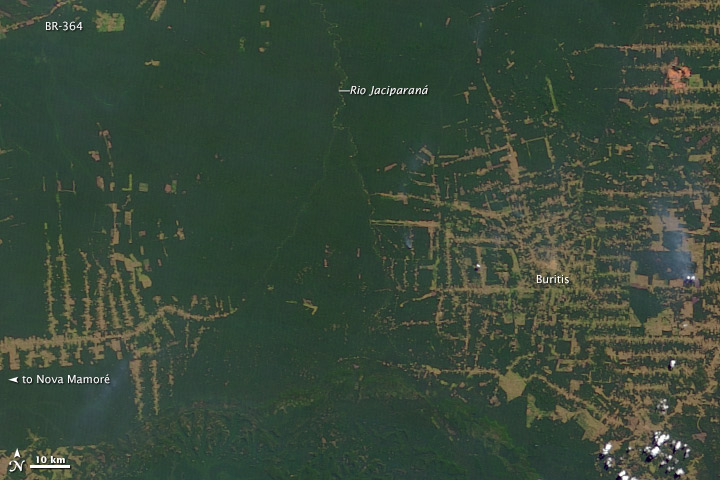
A lot of small scale conservation measures may otherwise be futile.
What can people do from their homes to help conserve biodiversity, in your opinion?
– There’s lots people can do. Create suitable habitat in your garden, contribute to citizen science to increase knowledge, support local NGOs who invest in safeguarding of natural areas,
… And on the more fundamental, basal issues, sensible consumerism, travelling less and having fewer children are obvious elements (but I plead guilty on both latter accounts).
– And now ending… the famous Bicheando´s question that we do for all our interviewers… In what herp would you like to reincarnate yourself in your next life? ?
– Among skills that animals have and we lack, flying has to be the ultimate dream of any man, no? So, having to choose from a catalogue of flightless creatures is a bit of a disappointment… But I’ll try to get close – in my next life I would like to be a lovely Draco volans!
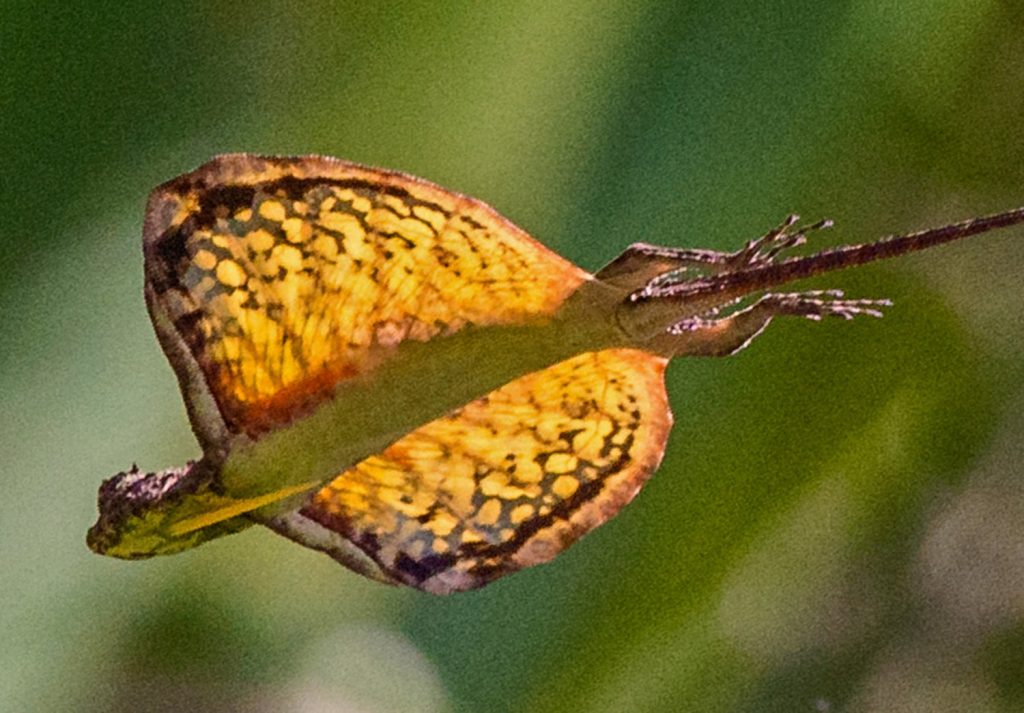
Won’t live very long, but perhaps then I can return in the subsequent after-afterlife, as a golden eagle after all.
– jeje Great choice!! Thank you very much Jeroen!!!! Happy 2021!!!!
– Same to me. Thanks a lot.
————————————————–
You can follow Jeroen in the following links:
Website: www.hylawerkgroep.be/jeroen/
Facebook: www.facebook.com/jeroen.speybroeck.1
Instagram: www.instagram.com/jeroenspeybroeck
YouTube: www.youtube.com/channel/jeroen
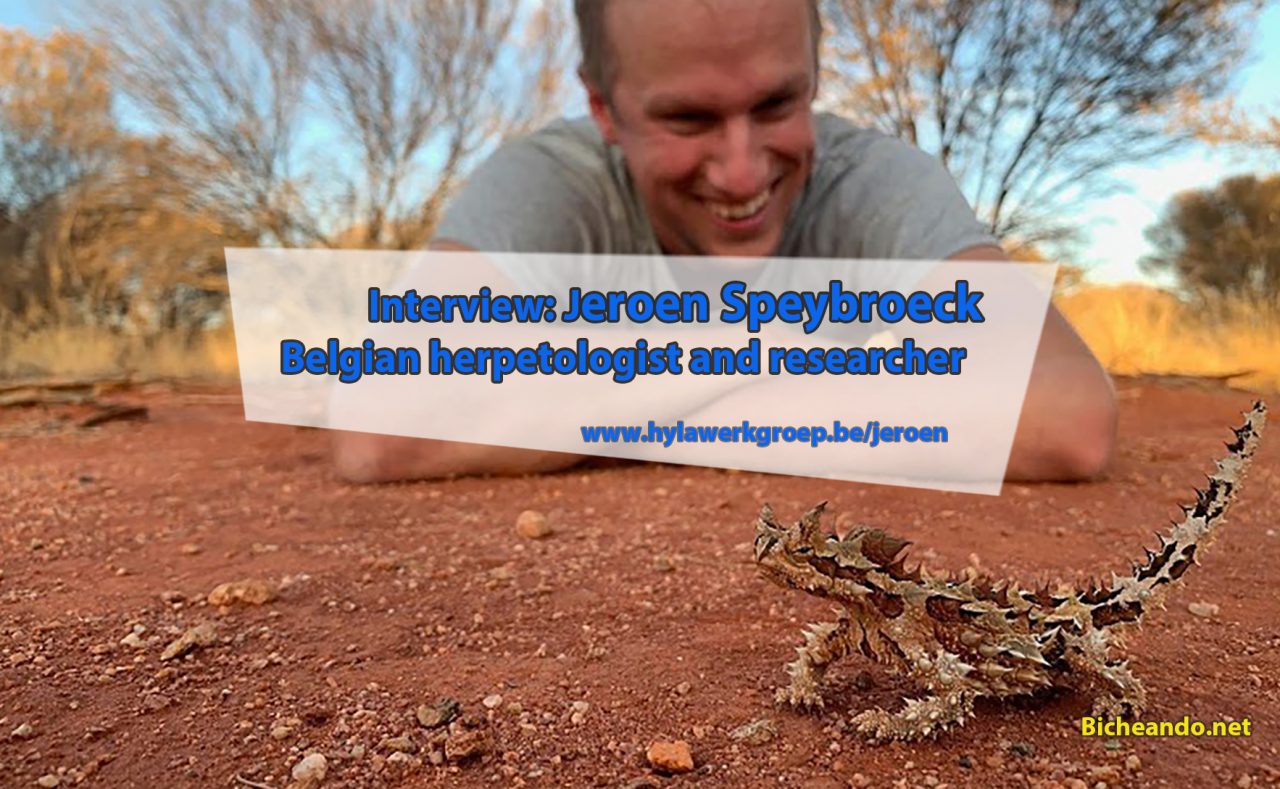
Deja una respuesta